Fenix TK41

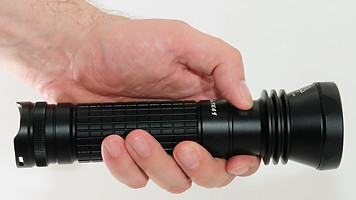
This light is the 3. light with 8 AA cells from Fenix, this time the light is using the XM-L led (The other where MC-E and 3xXP-G). The light has four brightness settings and two flashing settings, controlled with two electronic side switches. The light is made of aluminum with hard-anodized (Type 3) finish.

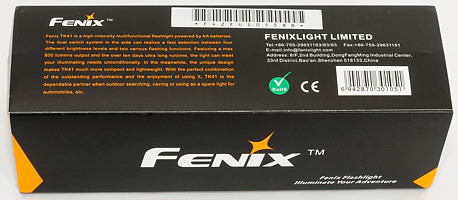
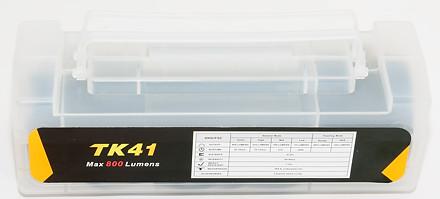
The light is supplied in a plastic box with cardboard wraparound.
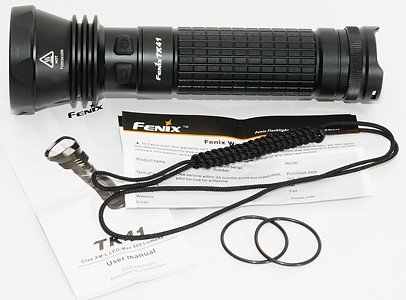
The box contains the light, a lanyard, two spare o-rings, a warranty card and the manual.

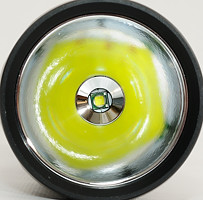
The light has a large smooth reflector with a XM-L led in the center, as can be seen in the beamshots this reflector does give the light a very good throw.
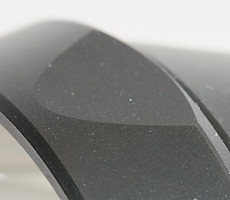
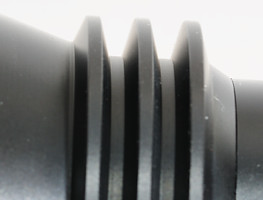
The head has some flat surfaces that prevent the light from rolling. Around the led there is a heatsink to help radiate up to 11 watt of heat.
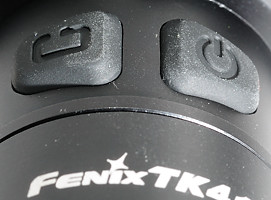
Behind the heatsink is the two switches, one for on/off and selection between steady light or flashing modes, the other switch to select brightness level or flashing mode. The switches are electronic, this means that the light will have a small standby current drain.
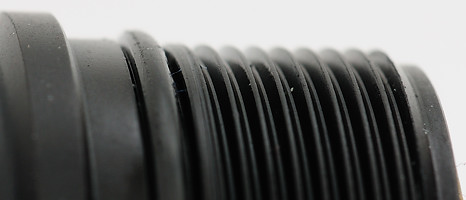
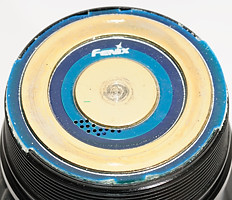
The head has a good quality thread with an o-ring for connect to the body. The backside of the head has the connection to the battery carrier, this is a solid construction with a circuit board that is reinforced with metal where the springs from the carrier connects.
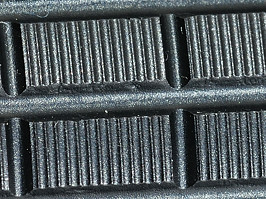
The body is covered with a checkered pattern and on the squares there are small ridges, this gives a good grip on the light.
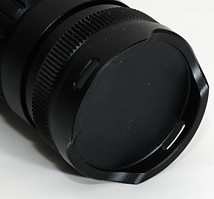

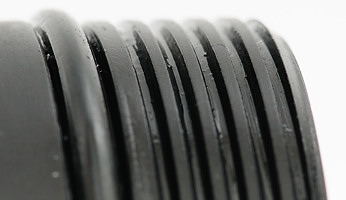
The tail has holes for the lanyard and allows tail standing of the light. Inside the tailcap there is no connections, the body of this light does not carry any current. The tailcap is mounted with good quality square threads. There is also an o-ring to make the light weatherproof.


The light uses a battery carrier for 8 AA batteries. They are connected as two strings of 4 batteries.
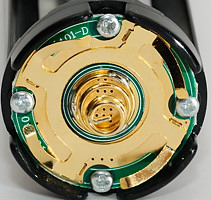
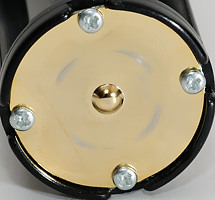
The carrier uses springs for connection to the light, both + and - are at the front end, the back of the carrier does not carry any power.

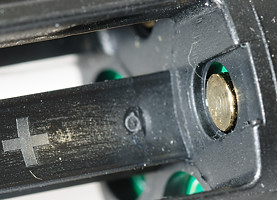
The carrier has mechanical polarity protection at the plus pole.
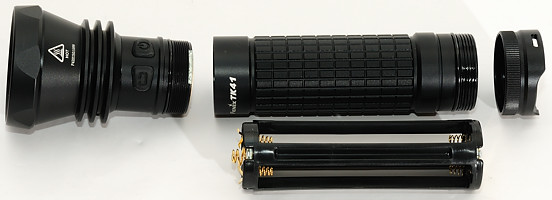
Here are all the parts of the light.
This upgrade to the TK40 has higher output and is more focused, making it a good thrower. The side switches is easy to use in an underhand grip and Fenix has also reduced the standby draw to a more acceptable level. With these improvements I believe it is a good update and a good light for people that want to use standard batteries (instead of LiIon).
Technical specification and measurements
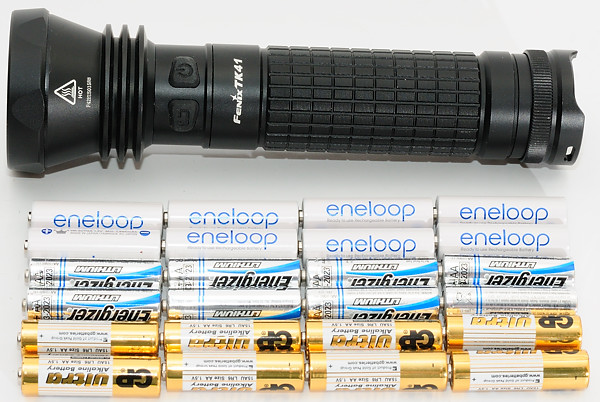
The light can work with alkaline, lithium and NiMH batteries and needs 8 cells (Fenix does approve of lithium in this light and recommend NiMH).
Measured size and weight:
Length: 215 mm
Diameter: 40 to 62.6 mm
Weight: 527 gram with eneloop
The light uses a Cree XM-L led.

In the above table I have collected all modes. I have also included off as a mode, because the light uses a small amount of power. All the estimated runtimes are with eneloop batteries. The estimated lumen are scale from the specified maximum and shows that high and med settings are close to specification. The brightness is a relative measurement from a lux meter or a light sensor (For flashing modes).
All the values are measured at 4.8 volt.
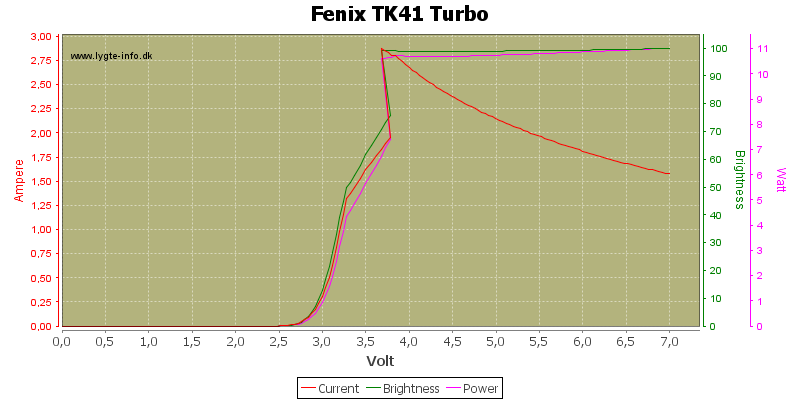
The voltage sweep shows a light with very good stabilizing down to 3.7 volt. The "funny" looking curve at 3.7 volt is my equipment that has some problems with the fast reduction in current draw.

With high the stabilization works down to 3.3 volt and my equipment does also has some problems here.
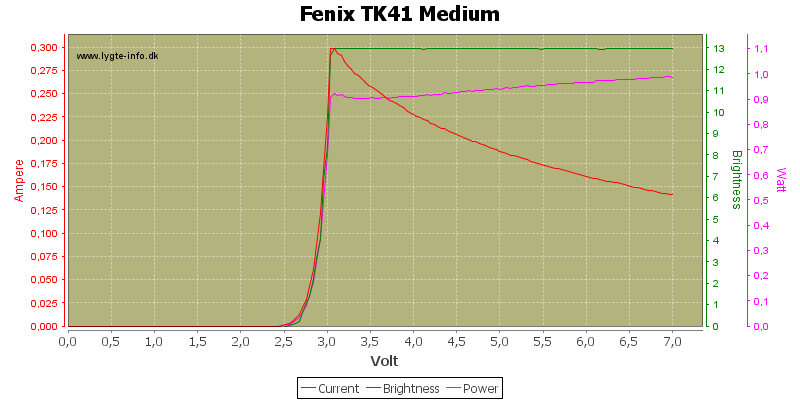
Medium stabilizes down to 3 volt.
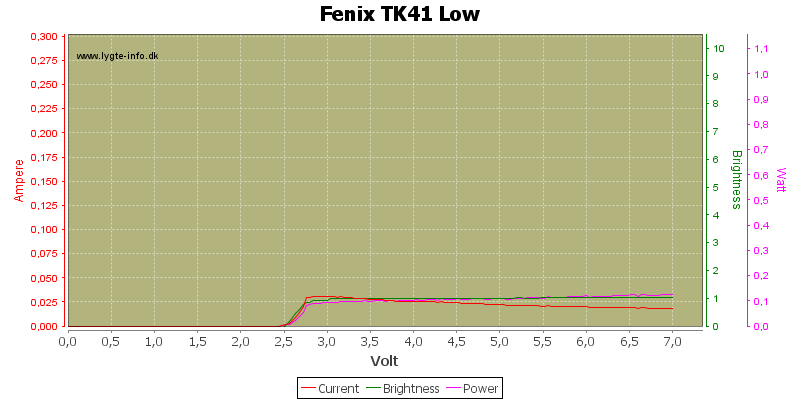
Low can stabilizes down to 2.7 volt.
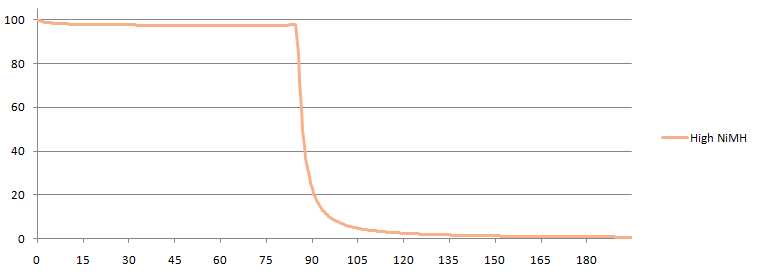
The good stabilization gives a very flat runtime curve, when the batteries are nearly empty the light drops out of stabilization and can keep a low brightness for a long time.

The strobe changes between 6.8 hz and 15.8 hz with two seconds of each.

The sos uses a 0.35 sec unit and it takes 11.6 second to transmit one sos, the pause between is 2.5 second.
Comparison to other Flashlights
Fenix TK40, Fenix TK41, Fenix TK45



Fenix LD40, Sunwayman M40A, Olight M31 Triton


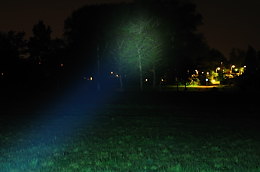
For the full comparison to other lights with graphs and beamshots see here
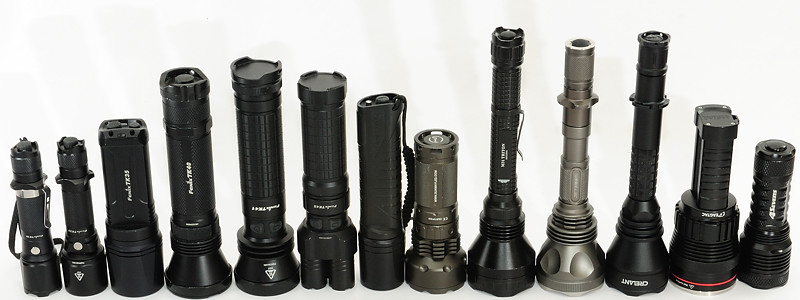
.







































